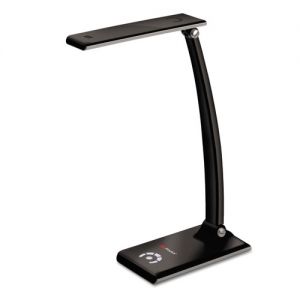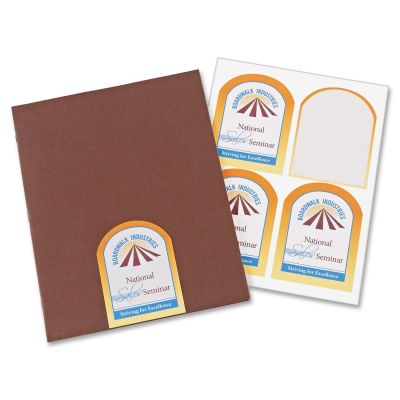As it stands now, incandescent light
bulbs are dinosaurs. Long ago, we realized that they wasted too much
energy and we found cost-efficient alternatives that conserve both money
and electricity. For all but specialized purposes, those are
gradually becoming extinct, and not a moment too soon.
However, the popular alternative hasn't
captured our hearts the way we'd expect. While the compact
fluorescent bulb uses less energy and lasts longer, we're still
hesitant to call it the better bulb. It's hard to love that awkward
spiral shape. The light quality can be inconsistent from bulb to
bulb, with some models suffering from a flicker that can be annoying
even when your eyes don't register it. While developments have been
made to improve the quality, we're simple creatures that prefer
natural light, which incandescents have always done a better job
replicating. Add to that the uncomfortable traces of mercury inside every CFL and the brief delay before they turn on, and there is something lacking in the technology.
So while CFLs continue their valiant
effort to earn our love, LED technology is swooping in and stand to
become a viable new option. LEDs have been around for a while, but
have always been resigned to specialty functions since individual
bulbs are weaker and can't shine light in all directions. That's
beginning to change, since the small bulbs can be combined into an
array that can shine in all directions while using less energy and
lasting much longer than even CFLs, which themselves can last eight
times longer than incandescents. Best of all, LED lights don't
flicker and the light quality already surpasses florescents.
LED bulbs in products such as
flashlights have been around for years, and standard light bulb equivalents are now available. It's also emerging in the
office world with products like 3M's new task lights. These use
anywhere from 12 to 42 lights in their array (depending on the model),
have an adjustable head and are polarized to reduce glare.
Glare Difference With 3M Task Lights
In all but
the most basic model, lights can be brightened and dimmed (another
shortcoming of florescents). In a place like the desk where concentration is so important, why have anything but reliable, flexible and quality light shining it?






